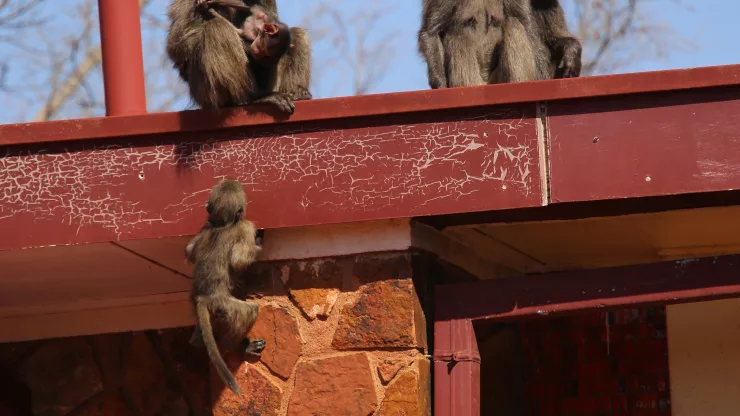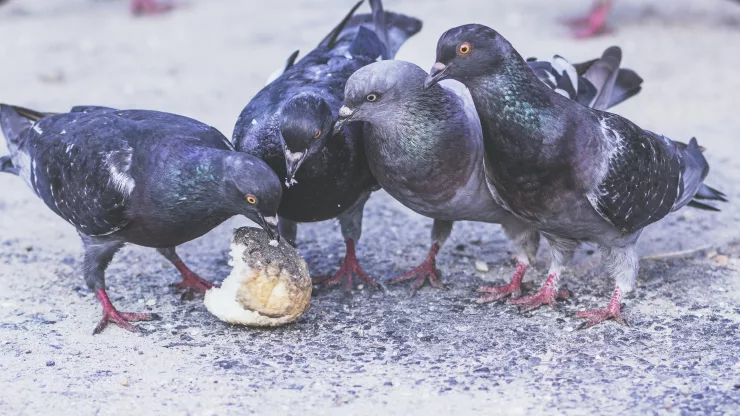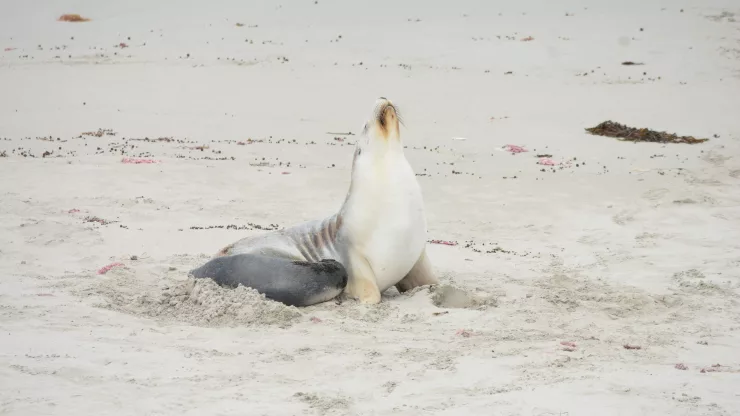Baboons are fascinating creatures that are widely known for their intelligence, social behavior, and unique physical appearance.
Here are twenty-two interesting facts about baboons that you probably didn’t know:
- Baboons belong to the family of Old World monkeys and are native to Africa and Arabia.
- There are five species of baboons: olive, yellow, chacma, Guinea, and hamadryas baboons.
- Baboons are omnivores, which means they eat both plants and animals, including insects, fruits, seeds, and small mammals.
- Baboons are highly social animals and live in groups called troops, which can range from a few dozen to several hundred individuals.
- Each baboon troop has a dominant male, known as the alpha male, who is responsible for protecting the group and mating with the females.
- Baboons use a variety of vocalizations and body language to communicate with one another, including grunts, barks, screams, and facial expressions.
- Baboons are excellent climbers and spend a lot of time in trees, where they sleep, eat, and play.
- Baboons are also strong swimmers and can cross rivers and lakes to find food or escape predators.
- Baboons have a unique physical appearance, with long, sharp canines, hairless faces, and distinctive buttocks, which are used to signal dominance and attract mates.
- Baboons have a lifespan of up to 30 years in the wild and up to 45 years in captivity.
- Baboons have been observed using tools, such as sticks and rocks, to obtain food or water.
- Baboons are capable of complex problem-solving and have been shown to exhibit self-awareness and empathy.
- Baboons are preyed upon by a variety of predators, including lions, leopards, hyenas, and crocodiles.
- Baboons have a hierarchical social structure, with females forming close bonds and caring for each other’s young.
- Baboons have a unique grooming behavior, where they pick through each other’s fur to remove parasites and dirt.
- Baboons have a highly developed sense of smell and use it to communicate with each other, locate food, and identify predators.
- Baboons are known for their curiosity and will investigate new objects or stimuli in their environment.
- Baboons are considered a nuisance by some farmers and are often killed or captured as a result.
- Baboons are also threatened by habitat loss and fragmentation due to human activities such as deforestation and agriculture.
- Baboons are important seed dispersers in their ecosystems, as they eat fruits and deposit the seeds in their droppings.
- Baboons are sometimes kept as pets or used in medical research, although this practice is controversial and often criticized by animal welfare advocates.
- Baboons are a popular subject in art, literature, and mythology, where they are often depicted as symbols of strength, intelligence, and mischief.
FAQ
Are baboons dangerous?
Baboons can be dangerous to humans if they feel threatened or cornered.
It is important to keep a safe distance and avoid approaching them, especially if they are with their young.
How do baboons protect themselves from predators?
Baboons use a variety of tactics to protect themselves from predators, including alarm calls, aggressive displays, and group defense.
They also have sharp teeth and strong jaws that can be used for defense if necessary.
Do baboons make good pets?
No, baboons do not make good pets. They are wild animals that require specialized care and can be dangerous to humans.
Keeping baboons as pets is illegal in many countries.
How do baboons communicate with each other?
Baboons communicate with each other using a variety of vocalizations, body language, and scent marking.
They have a highly developed sense of smell and use it to identify other baboons, locate food, and detect predators.
How do baboons mate?
Baboons mate throughout the year, with females typically giving birth to a single baby every one or two years.
The alpha male of the troop is responsible for mating with the females, although other males may also mate with them.
What is the biggest threat to baboons?
The biggest threat to baboons is habitat loss and fragmentation due to human activities such as deforestation, agriculture, and urbanization.
They are also hunted and captured for their meat, fur, and medicinal value.

I am a fun fact enthusiast and creator of Facts On Tap.
I love to share my knowledge and curiosity with readers and inspire them to learn something new every day.
When I’m not writing, I enjoy traveling, reading, and playing trivia games with my friends.




